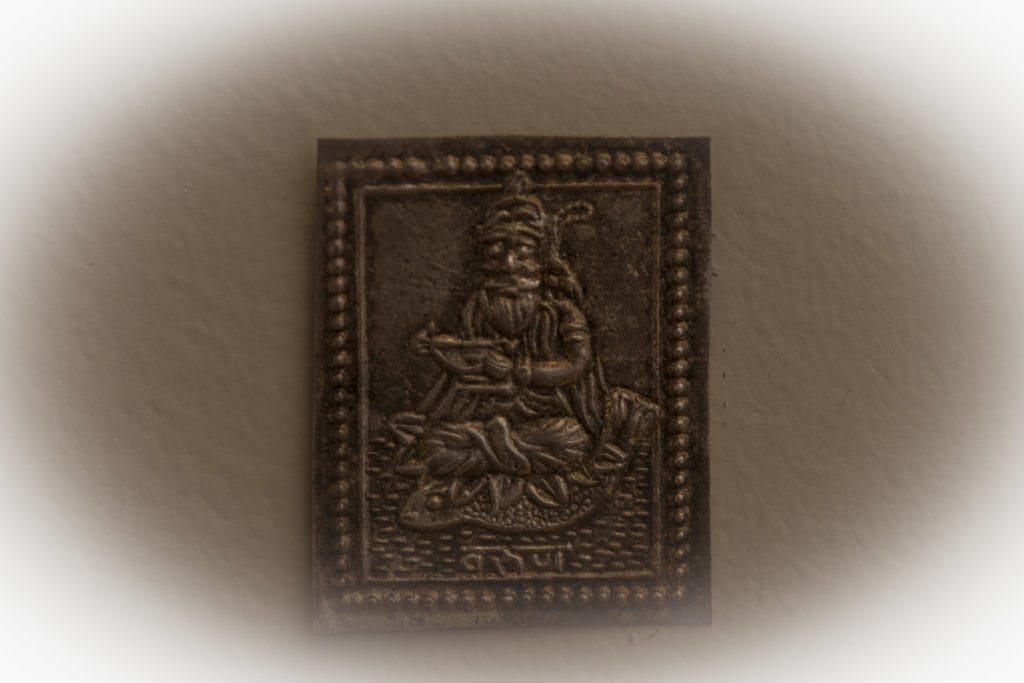Yoga is described as a self study (svadhyaya) which ultimately means that we learn about ourselves through practice. Learning to practice is the aim of attending classes and this includes the routines and habits that support a practice. Yoga Mandir offers a range of learning pathways such as Yogasana courses, Led practices and material for home practice including sequences and study material.
Teachers communicate an experience of Yogasana based upon their own practice experience and through the practitioner program levels we offer courses rather than classes, endeavouring to be systematic in this communication. Teachers therefore seek to develop students as practitioners of yoga, rather than just encouraging attendance at classes. While it may appear that technical details of asana are a focus, over time the aim is for students to develop a capacity to focus on swadhyaya (self study). Swadhyaya is an aspect of Kriya yoga (tapas, swadhyaya and isvara pranidhana). Kriya yoga is one of Patanjali’s key approaches to the practice of yoga.
Yoga as Meditative practice
Yoga is classed as a meditative practice because it is concerned with the effects upon the mind. Whilst we work within a physical discipline both highly structured and refined ultimately the body is the vehicle to use the mind in a specific way. As we progress in our understanding of the techniques and in our application within the practice we develop concentration and we can begin to examine the behaviour of the mind. It is possible to think of our practice as directed towards performance outcomes in the body and therefore distinct from meditation but this misses its effects on the mind. In the practitioner program at Yoga Mandir we identify the practices (3 of the 8 disciplines of astanga Yoga) as being conducted to effect our inner state. Yoga is described as a culture of consciousness and the study of the mind.
Observances, practices and outcomes
Iyengar divides the astanga (8 disciplines) of Patanjali into 3 groups below
…yoga is divided into three parts. Yama and niyama are one part. Asana, pranayama and pratyahara are the second part. Dharana, dhyana and samadhi are the third part. Yama and niyama are the discipline of the organs of action and the organs of perception. They are common to the whole world. They are not specifically Indian, nor are they connected to yoga alone. They are something basic which has to be maintained. In order to fly, a bird needs two wings. Similarly, to climb the ladder of spiritual wisdom, the ethical and mental disciplines are essential.
Then, from that basic starting point, evolution has to take place. In order for the individual to evolve, the science of yoga provides the three methods of asana, pranayama and pratyahara. These three methods are the second stage of yoga, and involve effort.
The third stage comprises dharana, dhyana and samadhi, which can be simply translated as concentration, meditation and union with the Universal Self. These three are the effects of the practice of asana, prana and pratyahara, but in themselves do not involve practice.
Iyengar BKS. Tree of Yoga, chapter titled ‘Meditation & Yoga’
Download the full PDF article below

